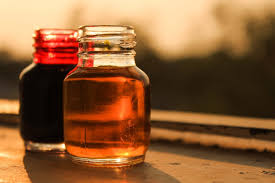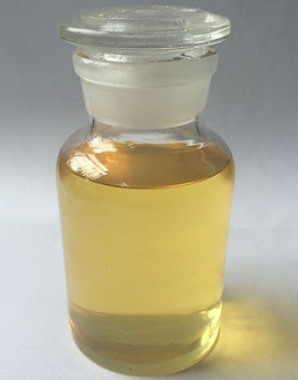**Why Do Bubbles Love Soap? The Secret Life of Surfactants**
(What Is The Purpose Of Surfactant?)
You know how soap makes bubbles dance in the air? Or how grease magically disappears from a dirty pan? The hero behind these everyday miracles is something called a surfactant. Let’s break down what surfactants do and why they’re everywhere in your life—from shampoo to fire extinguishers.
Surfactant is a fancy word for “surface-active agent.” Think of it as a tiny peacekeeper that calms fights between water and oil. Water and oil hate each other. They refuse to mix. But surfactants step in and say, “Hey, let’s all get along.” They do this because of their unique shape. One end of a surfactant molecule loves water. The other end loves oil. When you add surfactants to a greasy dish, the oil-loving ends stick to the grease. The water-loving ends face outward, pulling the grease into the water. Suddenly, your dirty pan is clean.
Surfactants aren’t just for dishes. They’re in your laundry detergent, making stains let go of your clothes. They’re in shampoo, lifting dirt from your hair. They’re even in lotion, helping moisture cling to your skin. Without surfactants, cleaning would be a lot harder. Imagine scrubbing a greasy pan with water alone. Not fun.
Here’s another cool trick: surfactants make bubbles. When you blow air into soapy water, surfactants arrange themselves around the air pockets. The water-loving parts face out, touching the water. The oil-loving parts face in, touching the air. This creates a thin film—a bubble. The stronger the surfactant, the longer the bubble lasts. That’s why some soaps make better bubbles than others.
But surfactants aren’t just about cleaning or bubbles. They save lives. In hospitals, surfactants help premature babies breathe. Baby lungs need a substance to keep air sacs open. Sometimes, babies are born without enough of it. Doctors use artificial surfactants to coat the lungs, preventing collapse. Firefighters use surfactants too. Mixing surfactants with water helps it spread faster, smothering flames. Even farmers rely on them. Pesticides mixed with surfactants stick to plant leaves instead of sliding off.
Nature uses surfactants too. Your body makes them. Your digestive system uses bile acids—a type of surfactant—to break down fats. Even plants have surfactants. Pine trees release them into the soil to help roots absorb water. Surfactants are everywhere, quietly doing jobs we rarely notice.
Not all surfactants are the same. Some are gentle, like those in baby shampoo. Others are tough, like the ones in industrial cleaners. Scientists keep inventing new types. Some are eco-friendly, breaking down harmlessly in the environment. Others are designed to work in extreme heat or cold.
Ever wonder why rain forms droplets on a waxed car? It’s because the wax acts like a surfactant, sort of. It changes how water interacts with the surface. Without surfactants, water would spread flat. With them, it beads up. This idea is used in waterproof fabrics and non-stick pans.
Surfactants even play a role in art. Painters mix them into pigments to help colors spread smoothly. Without surfactants, oil paints would clump. Watercolors would blotch. The next time you see a vibrant painting, remember—surfactants helped make it happen.
The world of surfactants is huge. They’re in makeup, glue, ink, and even food. Ice cream stays creamy because surfactants keep ice crystals small. Salad dressing doesn’t separate because surfactants hold oil and vinegar together.
(What Is The Purpose Of Surfactant?)
Soap bubbles are fun, but surfactants are serious workhorses. They solve problems we don’t always see. They make messy tasks easier. They keep technology moving. Next time you wash your hands, watch the bubbles swirl down the drain. Those tiny molecules just did a big job.
Inquiry us
if you want to want to know more, please feel free to contact us. (nanotrun@yahoo.com)




